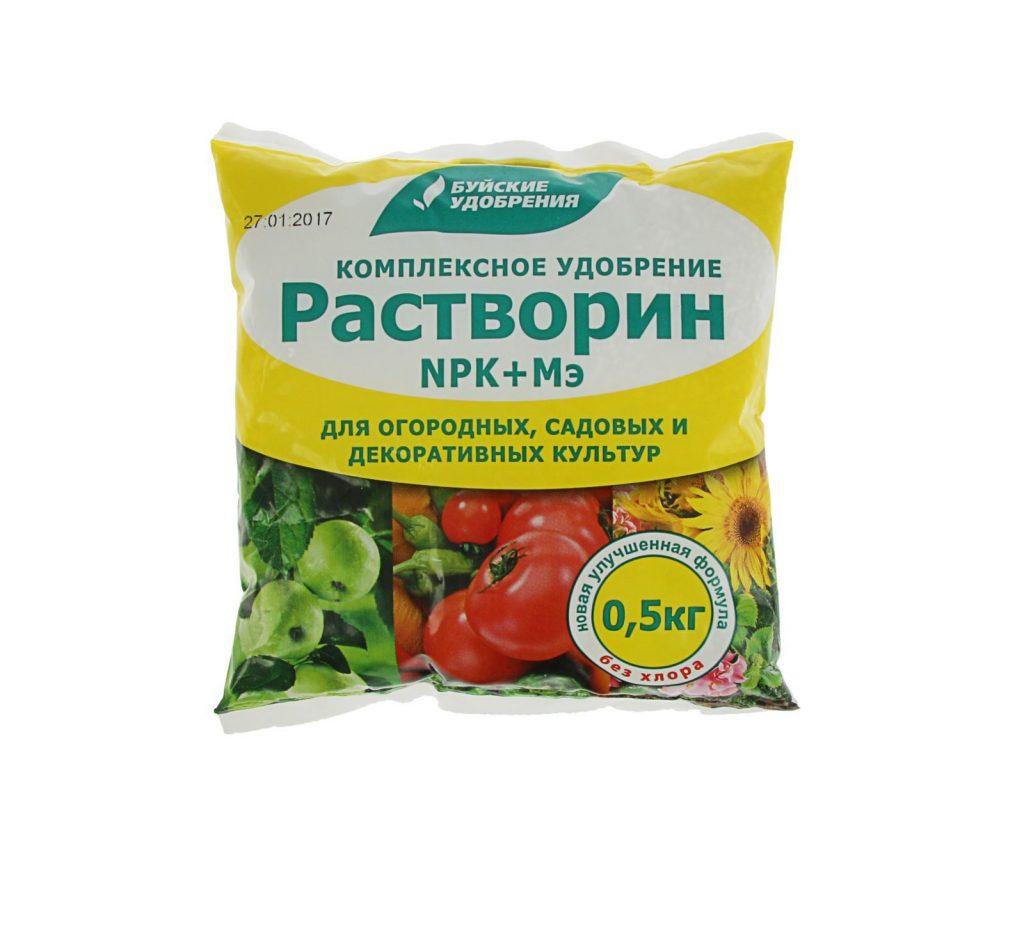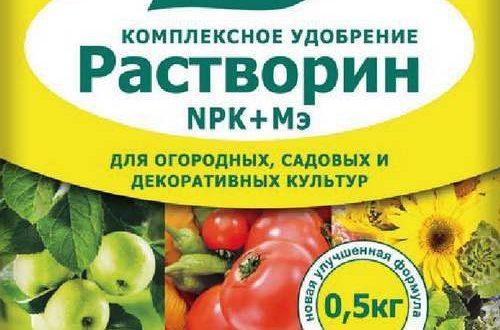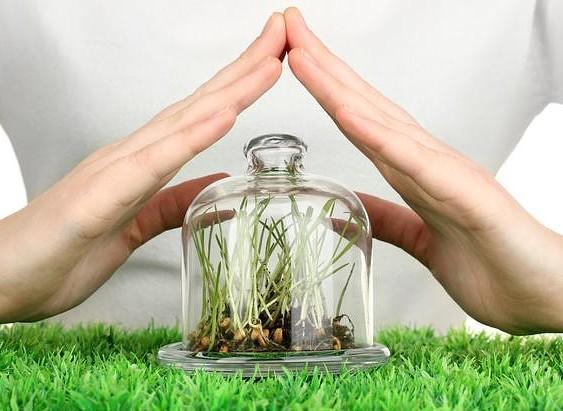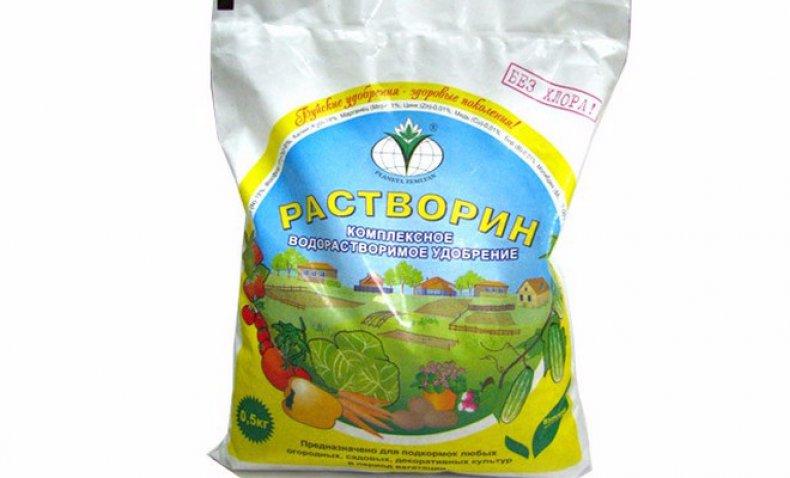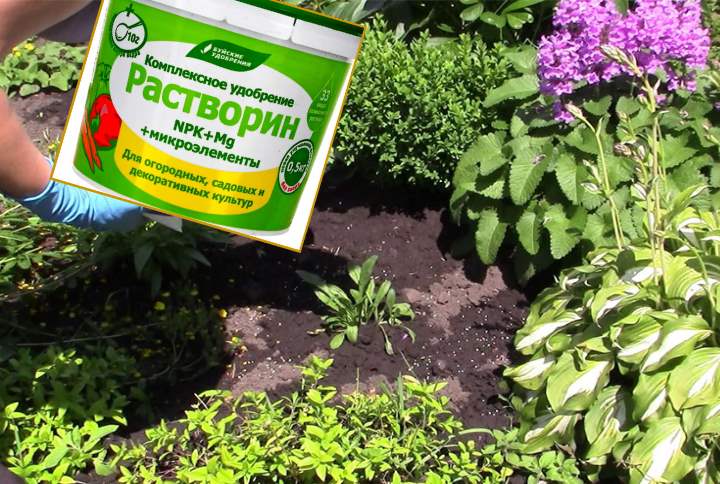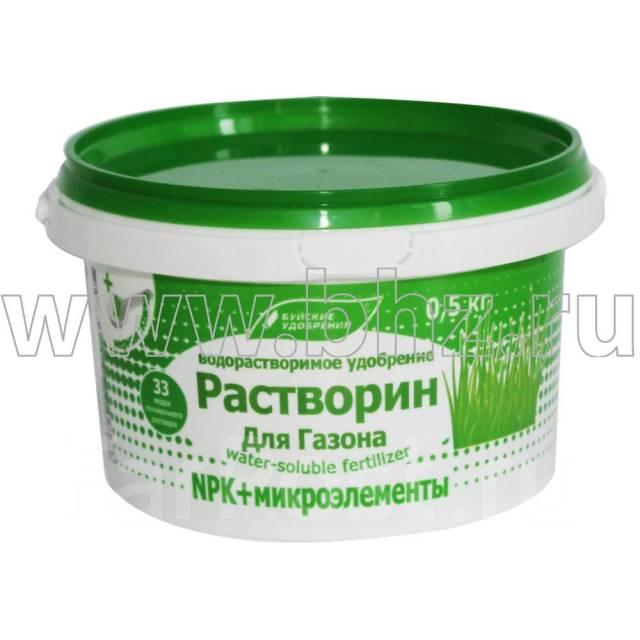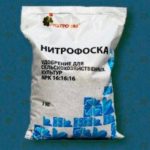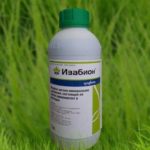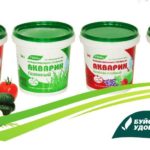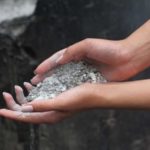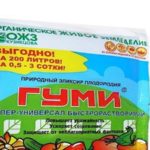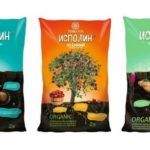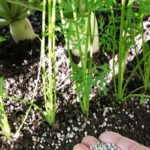To obtain a rich, high-quality harvest, gardeners use not only organic fertilizers, but also mineral fertilizers. On sale there are single products and complex preparations with a balanced composition of microelements. Fertilizer "Solution" is used not only for fruit and berry crops, but also for ornamental plants. Before using the drug, read the instructions, which indicate the dosage of fertilizer for different plants.
- Characteristics and composition
- Advantages and disadvantages of "Mortar"
- Types and purpose
- Instructions for use
- Cereals
- Industrial crops
- Fruit and berry plants
- Vegetable crops (indoor and open ground)
- Coniferous crops
- Floral and ornamental plants
- Decorative bushes and trees
- Lawn
- Security measures
- Fertilizer compatibility
- Storage Features
- What can be replaced
Characteristics and composition
Mineral fertilizer "Solution" belongs to environmentally friendly products, since it does not contain chlorine. The drug is marketed in the form of granules, which are white in color. On store shelves you can find packaging for different needs - bags with a volume of 15 to 100 grams, plastic buckets weighing 1 kilogram and bags containing 25 kg of fertilizer.
The composition of the “Solution” includes the basic elements necessary for the full development and fruiting of plants. It contains: copper, molybdenum, zinc, manganese, boron, phosphorus, nitrogen, potassium and B vitamins. The fertilizer is completely soluble in water and is quickly absorbed by crops.
Advantages and disadvantages of "Mortar"
The Solution fertilizer, which gardeners often use on their plots, has both advantages and disadvantages.
Owners of personal plots highlighted the following advantages of the drug:
- possibility of use both for plants planted in open ground and for greenhouse crops;
- 100% dissolution in water and rapid penetration into plant tissues;
- ease of preparation of the working fluid and relatively low cost of fertilizer;
- beneficial effects of “Solution” on the growth and development of crops;
- the possibility of using fertilizing in conjunction with means of protection against diseases and pests;
- mitigation of the effects of strong pesticides when used with “Solution”;
- use for both foliar and root feeding;
- Possibility of use for fruits and vegetables, ornamental plants and indoor flowers;
- unlimited shelf life.
However, the fertilizer also has some disadvantages.Firstly, due to the presence of nitrogen in the composition, it cannot be used for coniferous plants. In addition, the fixed composition of all varieties requires improvement of the working solution, since microelements that are beneficial for some crops are harmful to others.
Types and purpose
The manufacturer produces several types of fertilizers for crops, which differ from each other only in the concentration of the main elements.
The percentage of active components is as follows (nitrogen/phosphorus/potassium):
- “Solution A” – 10-5-20;
- “Solution A1” – 8-3-28;
- “Solution B” – 18-0-18;
- “Solution B” – 16-0-16.
Conveniently, all brands of this fertilizer are allowed to be mixed with each other and with most other chemicals.
They use fertilizer in any climate zone where agriculture is developed. In addition to summer cottages, Mortar is used in tank mixtures to fertilize cereals and fodder crops. Fertilizer is applied by watering at the root or sprinkling. The use of fertilizer in dry form is also allowed. The main thing is to correctly calculate the norm for each plant.
Instructions for use
The instructions for use indicate the rules for preparing the working fluid and the standards for each crop.
Cereals
Grain crops are fed at the stage of emerging into the tube, using the root method. From 500 grams to 2.5 kg of the drug are added per 1000 liters of water. To prepare the working solution, use an industrial sprayer with a stirrer.
Industrial crops
Root feeding of industrial crops is carried out at the time of growth of green mass; depending on the condition of the soil, the procedure is done 1 to 3 times during the active growing season. Per 1000 liters of water use 1 to 2 kg of granular fertilizer.
Fruit and berry plants
Fruit trees are fed in the spring. The soil in the tree trunk circle is dug up and dry granules are poured in at the same time. For 1 sq. per meter of area use 30 grams of fertilizer. Re-feeding is recommended at the end of flowering.
This time they use a liquid form of fertilizer; you will need 35 grams of “Solution” per 10 liters of water for the same area of the tree trunk circle.
Berry bushes (strawberries, strawberries) are watered with working liquid as soon as the snow has completely melted. 15 grams of granules are dissolved in 10 liters of clean soft water, and the beds are watered with this solution. Repeated feeding with the same concentration of the drug is done after the bushes have flowered.
Larger bushes (raspberries, currants) will need 20 grams per 10-liter bucket; fertilizing is carried out according to the same algorithm.
Vegetable crops (indoor and open ground)
Initially, the plant nutrition product is applied in the spring, along with digging up the garden. About 50 grams of chemical are used per square meter of territory. Subsequent application of fertilizing depends on the characteristics of the crop being grown:
- Cabbage and root crops. After 30 days from sowing the seeds in the ground, the first watering is carried out, using 15 grams of the drug per 10-liter bucket of water. Subsequent feedings are done at intervals of a week, but increase the concentration of the chemical to 25 grams.
- Tomatoes, peppers, eggplants, cucumbers, zucchini.Fertilizer is applied for the first time when 3 pairs of true leaves are formed on the crop. For 10 liters of water you need 15 grams of the drug. Plants are fed at intervals of a week. When the bushes begin to bear fruit, the number of granules is increased to 25 grams.
It is necessary to take into account that fertilizing is carried out either early in the morning or after sunset, so that drops of solution falling on the leaves do not cause burns under the influence of sunlight. The dosage of the product is the same for open ground plants and greenhouse crops.
Coniferous crops
Since the Solution contains nitrogen, it is not recommended to use the product on coniferous plants.
Floral and ornamental plants
Using the preparation for garden and house flowers, take 25 grams of granules per 10 liters of water. Fertilizing is done at the time of active plant development. After this, use the product twice more throughout the season.
Decorative bushes and trees
If you need to fertilize ornamental trees, you will need 30 grams of granules per 10-liter bucket of water. The drug is applied no more than 3 times during the growing season.
Lawn
For lawn grass, take 25 grams of the drug per 10 liters of water, add the working fluid during the period of active growth of greenery, and subsequently after each mowing.
Security measures
When working with chemicals, adhere to basic safety requirements - wear gloves on your hands and a cap or headscarf on your head.
Fertilizer compatibility
“Solution” is allowed to be used in tank mixtures with almost all herbicides and insecticides, but it is recommended to conduct a compatibility test first.
Storage Features
Keep the fertilizer in a dry room where the sun's rays do not penetrate.
What can be replaced
You can replace fertilizer with a preparation such as Aquarin.

